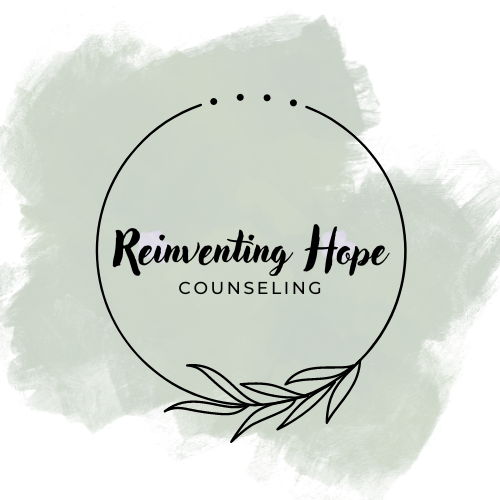Understanding Complex Post-Traumatic Stress Disorder (CPTSD): Symptoms and Overcoming Strategies
Understanding Complex Post-Traumatic Stress Disorder (CPTSD): Symptoms and Strategies for Overcoming It
Complex Post-Traumatic Stress Disorder, or CPTSD, is a psychological condition that arises from prolonged exposure to traumatic events or adverse circumstances. Unlike traditional PTSD, which typically stems from a single traumatic incident, CPTSD results from ongoing trauma, often experienced in childhood or over an extended period. In this blog, we will delve into what CPTSD is, explore its symptoms, and discuss strategies for overcoming it.
What is Complex Post-Traumatic Stress Disorder (CPTSD)?
Complex Post-Traumatic Stress Disorder, sometimes referred to as Developmental Trauma Disorder, is a subtype of PTSD that emerges from chronic or repeated exposure to traumatic events, such as:
Childhood abuse (physical, emotional, or sexual): Growing up in an environment filled with abuse and neglect can lead to CPTSD, as the developing mind is continually affected by these negative experiences.
Long-term domestic violence: Sustained abuse within intimate relationships can create feelings of powerlessness, fear, and intense stress, contributing to CPTSD.
Human trafficking or captivity: Individuals who have been held against their will, whether in human trafficking situations or prolonged captivity, may develop CPTSD.
Childhood neglect: Severe neglect during childhood can be just as damaging as abuse, leaving emotional and psychological scars that persist into adulthood.
Common Symptoms of CPTSD
CPTSD can manifest in various ways, and individuals may experience a combination of symptoms. These symptoms often interfere with daily life and overall well-being. Here are some common symptoms of CPTSD:
Emotional dysregulation: Intense mood swings, irritability, and difficulty managing emotions.
Flashbacks and intrusive memories: Recurrent, distressing memories of past traumas that can feel as though they are happening in the present.
Avoidance behaviors: A strong desire to avoid people, places, or situations that remind the individual of past trauma.
Negative self-perception: A pervasive sense of guilt, shame, or worthlessness, often accompanied by low self-esteem.
Relationship difficulties: Difficulty forming and maintaining healthy relationships due to trust issues, fear of abandonment, or difficulty with emotional intimacy.
Hypervigilance: A constant state of alertness and heightened sensitivity to potential threats, even in non-threatening situations.
Dissociation: Feeling detached from oneself, as if observing from outside the body, often as a way to cope with overwhelming emotions.
How to Overcome CPTSD
Overcoming CPTSD is a complex and individualized process. It often requires professional help and a combination of strategies to address the unique experiences and symptoms of each person. Here are some key steps and strategies to consider:
Therapy: Seek therapy with a mental health professional experienced in trauma, such as trauma-focused cognitive-behavioral therapy (CBT) or Eye Movement Desensitization and Reprocessing (EMDR). Therapy can help you process and reframe traumatic experiences.
Medication: In some cases, medication may be prescribed to manage symptoms such as depression, anxiety, or sleep disturbances. Consult with a psychiatrist to explore this option.
Self-awareness: Understand your triggers and emotional responses. This self-awareness can help you manage your emotions better and prevent re-traumatization.
Self-care: Prioritize self-care activities that promote physical and emotional well-being, such as exercise, mindfulness, meditation, and maintaining a balanced diet.
Establish boundaries: Learn to set and enforce healthy boundaries in your relationships to protect your emotional well-being.
Support network: Connect with supportive friends and family members or consider joining a support group for individuals dealing with trauma-related issues.
Journaling: Keep a journal to track your thoughts and emotions. This can help you identify patterns and work through difficult feelings.
Education: Educate yourself about CPTSD and trauma recovery. Understanding your condition can empower you to take control of your healing journey.
Patience: Recovery from CPTSD is not linear, and it may take time. Be patient with yourself and celebrate small victories along the way.
CPTSD is a complex and challenging condition that can significantly impact an individual's life. However, with the right support, therapy, and self-care strategies, it is possible to overcome its debilitating effects. Remember that seeking professional help is a crucial step in the journey to healing from CPTSD. You are not alone, and there is hope for a brighter future where you can reclaim your life and well-being.
Reach out for support today HERE!
For additional resources, check out these articles:

